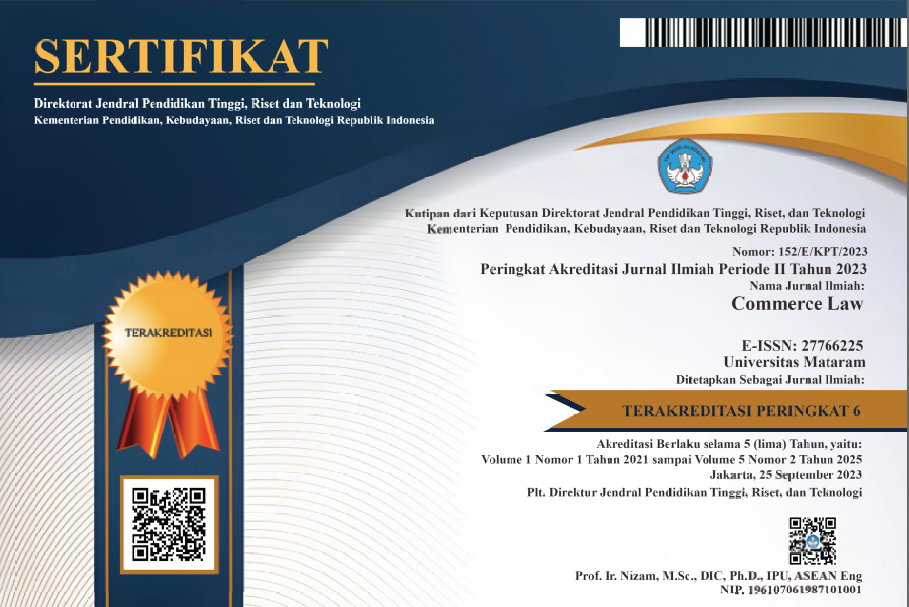Anak Sebagai Pelaku Tindak Pidana Pencurian Dengan Kekerasa
DOI:
https://doi.org/10.29303/z6arap70Keywords:
anak sebagai pelaku; pencurian dengan kekerasan; kriminologi; teori pilihan rasional; teori strain; teori kontrol sosial.Abstract
This research is motivated by the increasing involvement of children as perpetrators of violent theft crimes, which exhibit symptoms of social and psychological complexity. The main objective of this study is to identify the causal factors that drive minors to commit these crimes and analyze them through a criminological perspective. This study uses a qualitative method with a case study approach on ten juvenile perpetrators of violent theft who are currently undergoing rehabilitation in a juvenile correctional facility. Data were obtained through in-depth interviews, observation, and documentation, then analyzed using a descriptive-analytical approach with a criminological theoretical framework. The results show an interaction between internal factors, such as psychological immaturity and biological conditions, and external factors such as poverty, family disorganization, negative social environmental influences, and low access to education. Economic factors are the dominant factor, with all respondents citing the pressure of basic needs as the primary motive, reinforced by the fact that 90% of children come from poor families and drop out of school. Theoretically, these children's criminal behavior reflects the integration of three criminological theories: Rational Choice Theory explains the calculation of costs and benefits in desperate situations; Strain Theory describes illegal adaptation due to limited access to legitimate means; and Social Control Theory explains the weak social bonds that facilitate deviant behavior. Thus, violent theft committed by children is not simply an impulsive act, but rather a form of rational adaptation to structural pressures in an environment with minimal social control.
Downloads
Published
Issue
Section
License
Copyright (c) 2025 Danial Khariri, Rina Rohayu, Ufran

This work is licensed under a Creative Commons Attribution-ShareAlike 4.0 International License.
The authors hold the copyright. Authors retain copyright and grant the journal right of first publication with the work simultaneously licensed under a creative commons. that allows others to share the work with an acknowledgement of the work's authorship and initial publication in this journal. How ever the author should affirming that the article is their original work should accompany the article via online submission form. Authors are permitted to share a Preprint of their article anywhere at any time.











